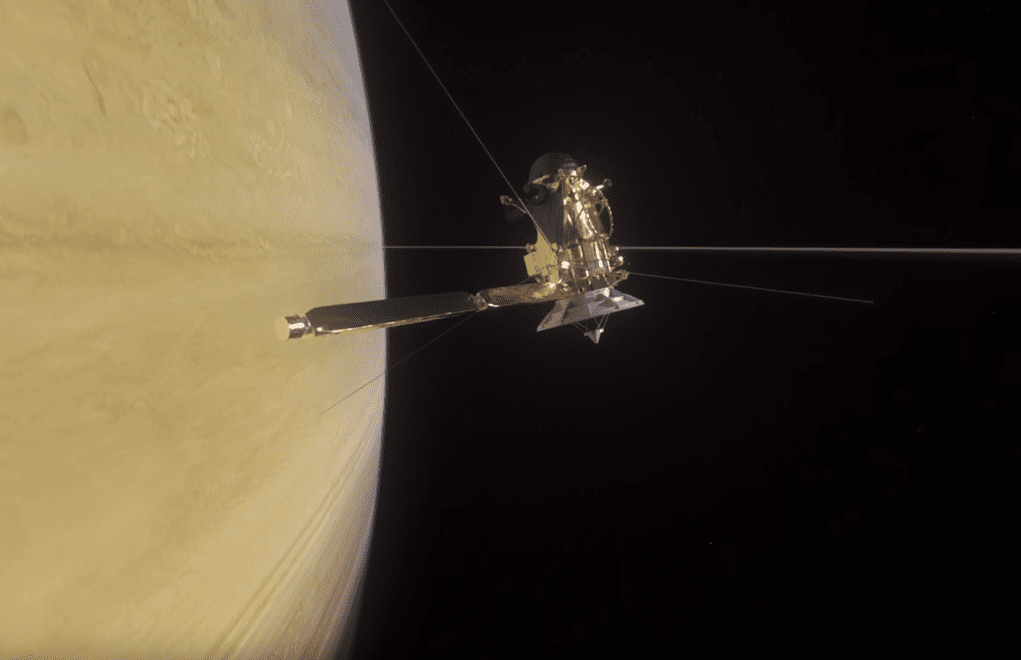Data from the finale mission of NASA’s Cassini spacecraft revealed answers to some longstanding questions about the ringed planet.
Cassini studied Saturn and its family of icy moons for two decades. The spacecraft made 294 orbits around ringed planet and traveled a total of 4.9 billion miles. Cassini’s mission ended in September 2017 when the spacecraft was running low on fuel and deliberately plunged in Saturn’s atmosphere.

The length of a day on Saturn has perplexed scientists for decades. Data from Cassini’s mission determined its 10 hours, 33 minutes and 38 seconds. (One year on Saturn is equal to 29 Earth years.) The gas planet has no solid landmarks on the surface to track rotation, and an unusual magnetic field also hid the planet’s rotation rate. It turns out the answer was hidden in the rings.
It was discovered that Saturn’s icy, rocky rings respond to vibrations within the planet, acting like a seismometer which registers earthquakes. The frequency of the interior vibrations caused changes in the planet’s gravitational field, which could be detected in the rings.
Unlike Earth and Saturn’s neighbor Jupiter, the magnetic field on the ringed planet is nearly perfected aligned with its rotational axis.

Towards the end of Cassini’s mission the spacecraft made 22 dives between the planet and rings. Through gravity science, researchers discovered that Saturn’s rings are relatively new, and may have formed during the age of dinosaurs on Earth.
Findings found that iconic rings may have formed between 10 million to 100 million years ago. Saturn itself is believed to have formed 4.5 billion years.


